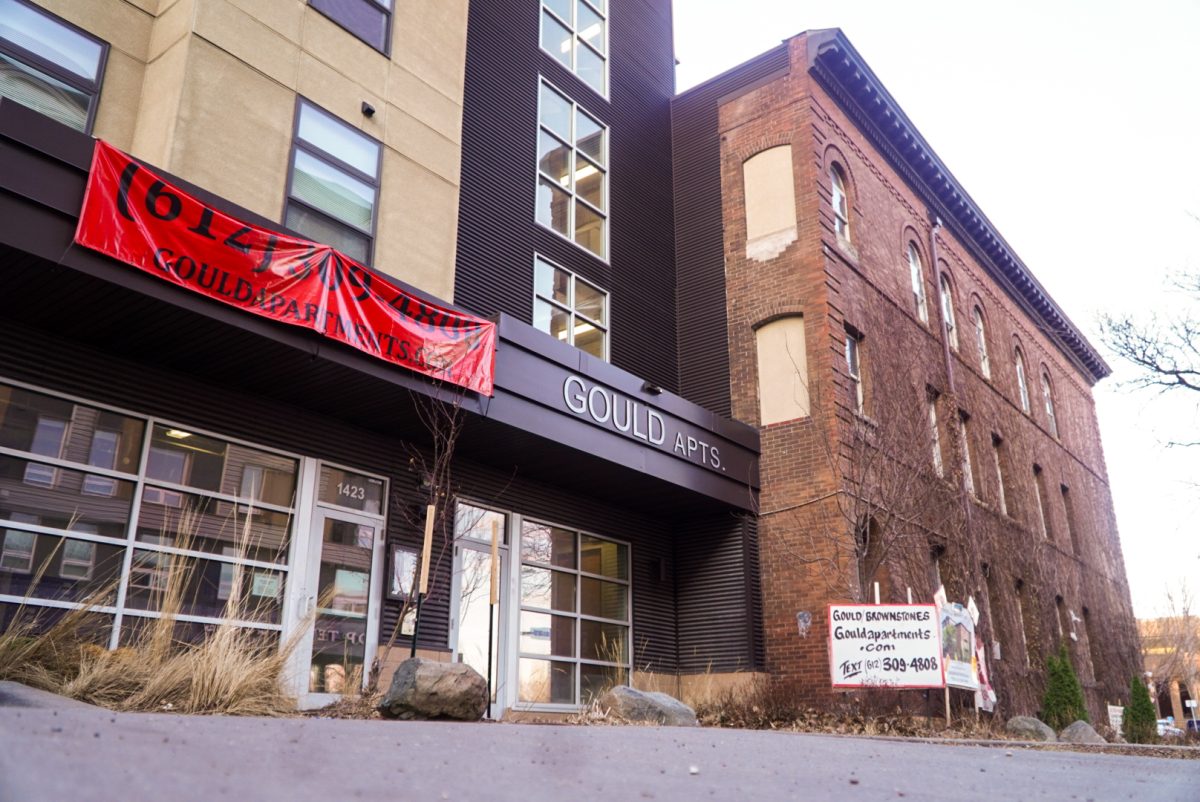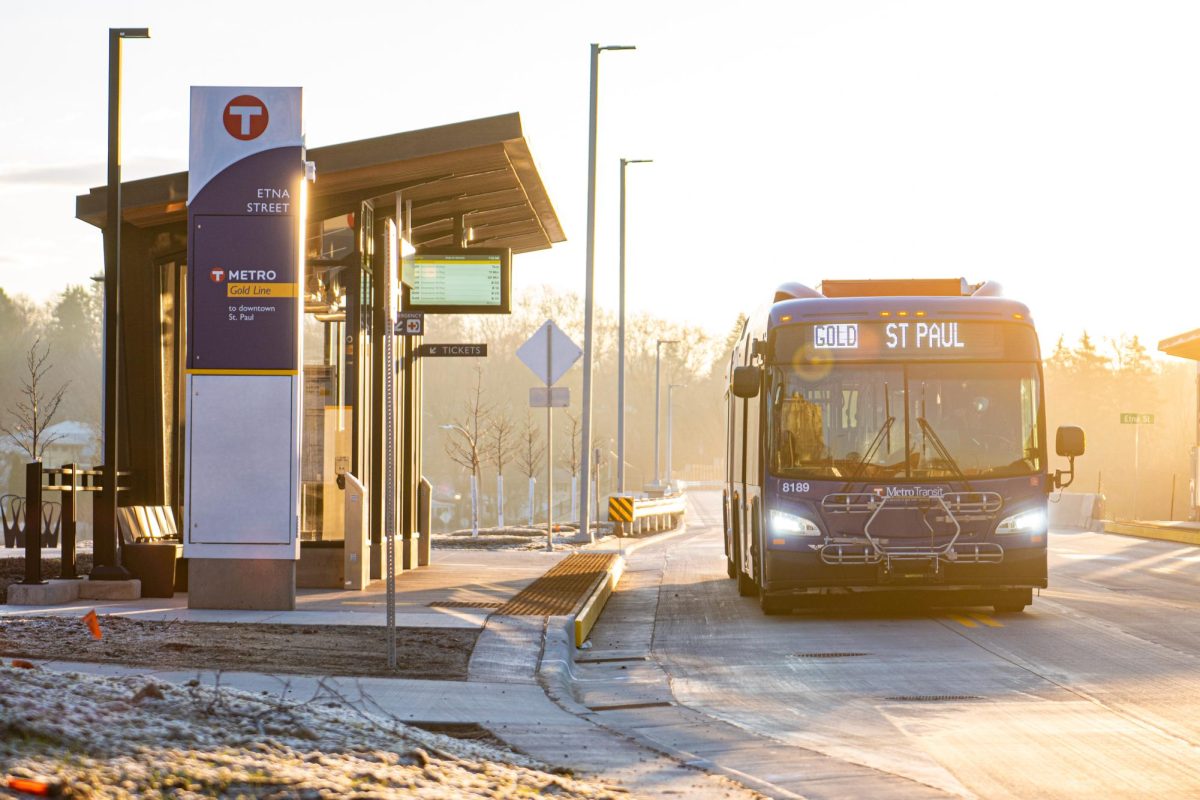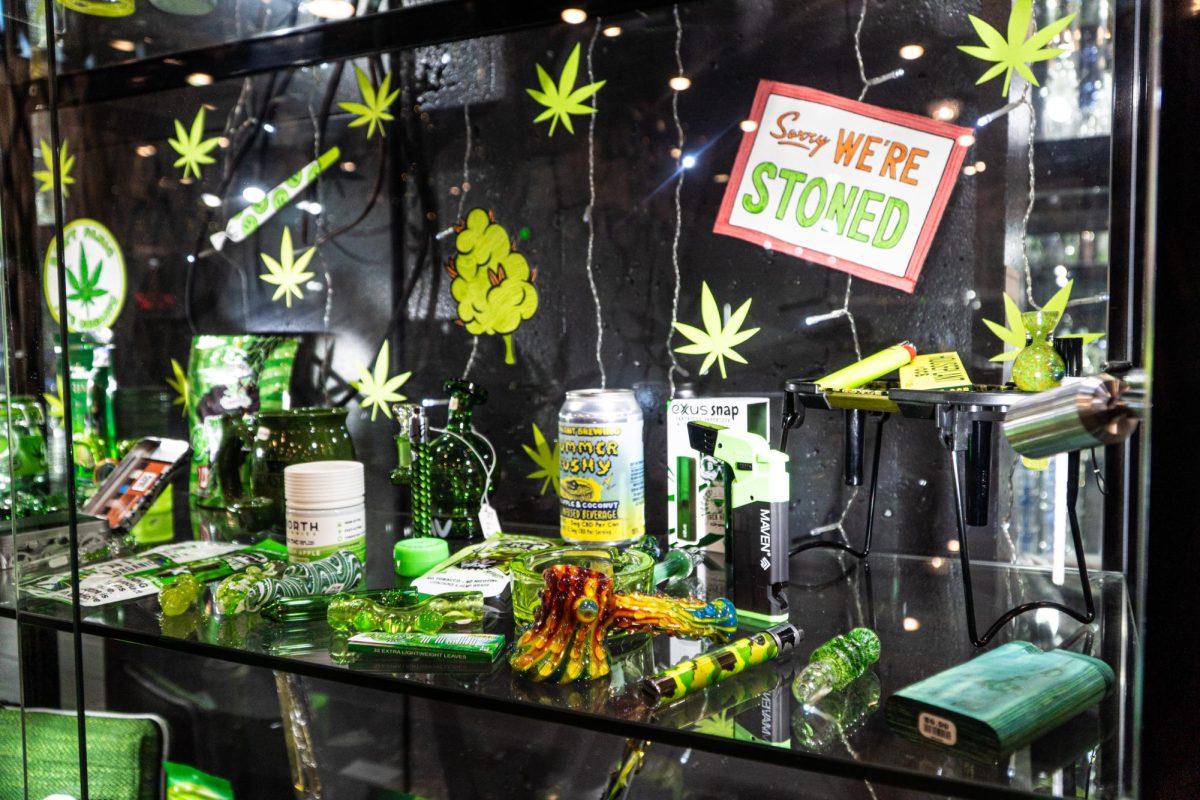Late Monday night, several parallel white-striped crosswalks across the University of Minnesota campus area switched to the more visible zebra pattern.
The change is part of Minneapolis’ plan to convert most existing crosswalks into thick, rectangular lines, otherwise known as zebra crosswalks.
The new crosswalks have a few advantages over the parallel line crossings currently used, said Steve Mosing, Minneapolis traffic operations engineer.
The biggest benefit is the high visibility from the increased amount of material in view, Mosing said.
A 2010 Federal Highway Administration study found drivers could see zebra crosswalks from twice as far as regular parallel line crosswalks during the day. Zebra crossings also fared better with drivers during nighttime, the study said.
The study concluded that zebra crosswalk patterns should be taken as the “default” crosswalk.
Ron Van Houten, a professor of psychology at Western Michigan University, said some research shows zebra crosswalks can reduce crashes by 40 percent.
The data isn’t definitive, “but logically it would make some sense” that zebra crosswalks are safer for pedestrians and drivers, Van Houten said.
Greg Lindsey, professor at the Humphrey School of Public Affairs who teaches urban and regional planning, said a city doesn’t arbitrarily switch to a new striping system without deliberate planning.
“If you can make it possible for people to walk short distances, you will reduce congestion,” Lindsey said.
Mosing said he hopes the zebra crosswalks will deter jaywalking and clarify where the intersections are.
“It’s our take that it’s more of the type of crosswalk that’s used nationwide,” he said.
The project took nearly two years to execute, with several innovative ideas coming from crew workers, Mosing said.
The city is using three new types of durable marking materials for the project, which will last longer than the latex paint used in previous years. Each serves a different purpose, Mosing said.
Most of the work is done at night to avoid disrupting traffic, with crew workers using video monitoring and laser lighting techniques to get the job done, Mosing said.
Painting the city’s crosswalks isn’t a new task for the city’s workers. They repaint roughly all 3,800 crosswalks every year.
The project is expected to take the rest of the year.








